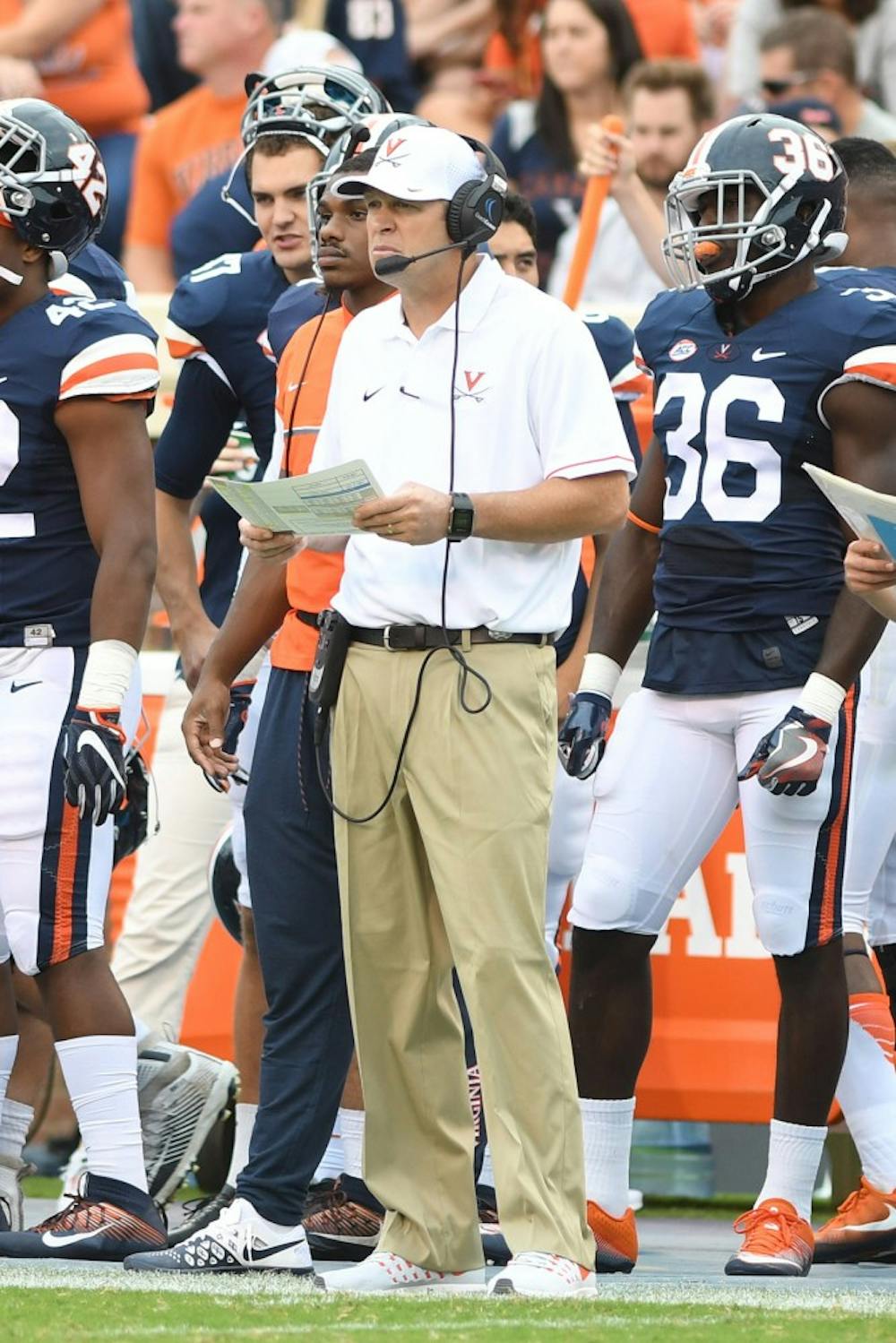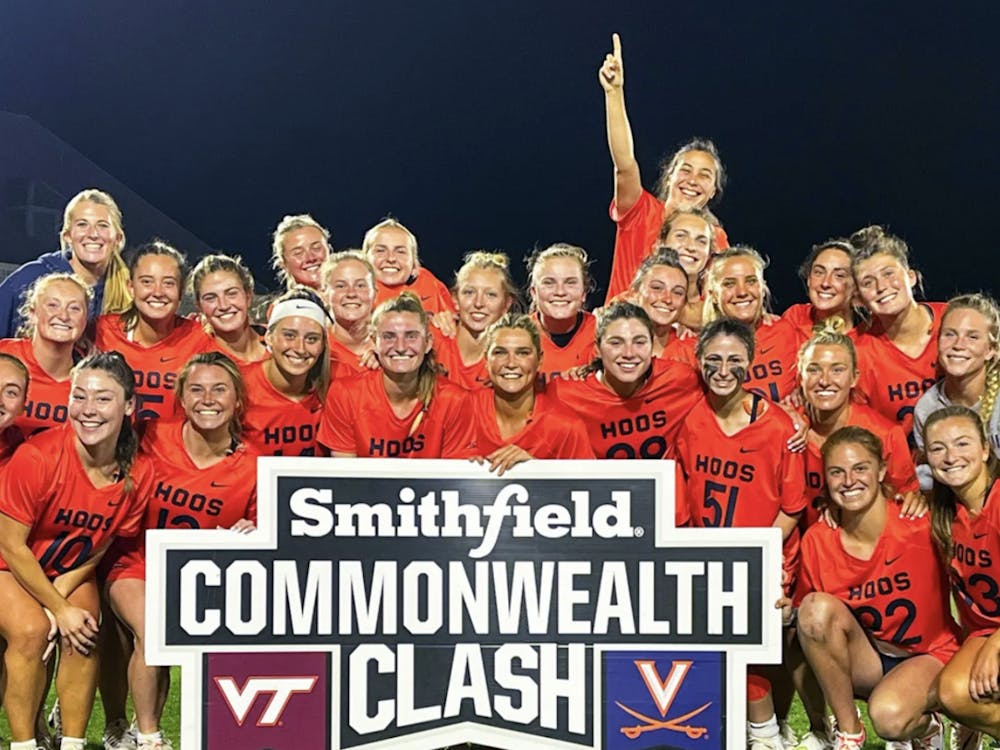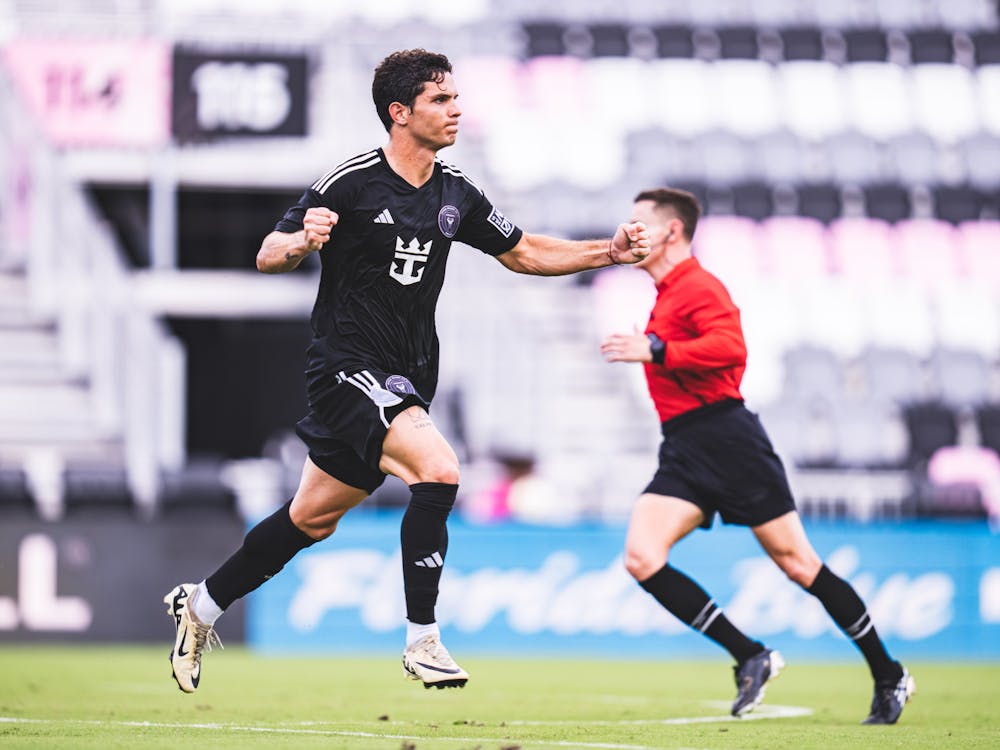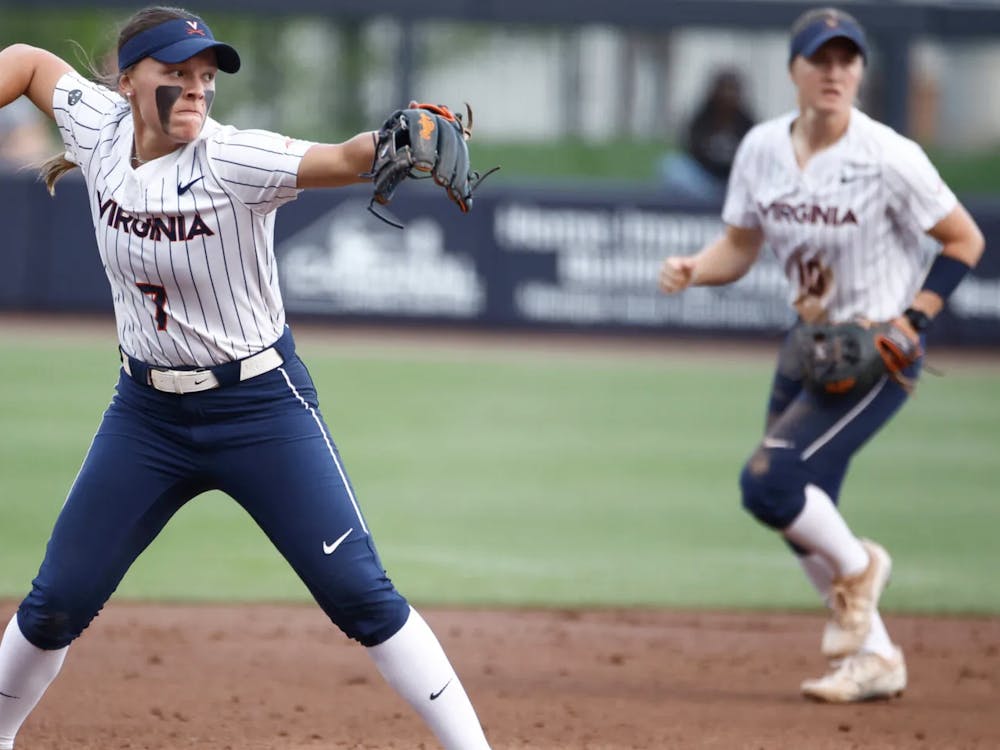If I had to pick one game to exemplify the frustrations of Virginia football, it would be this weekend’s Homecomings loss to ACC-opponent Pitt.
For the last two weeks against Central Michigan and Duke, Virginia football finally played well. They finally “didn’t play like Virginia football,” as my colleague Ben Tobin wrote about previously.
And this week, they “didn’t play like Virginia football.” This week, they did something weird. They played like the team we’ve been seeing in the last two weeks, and then all of the sudden, they started to play “like Virginia football.”
Virginia reverted to the type of football that Cavalier fans are used to, losing to Pitt 45-31 in their second conference game of the season. The worst part of this weekend’s showing was the hope that fans had in the first half, only to be let down in the second. It seems as though we saw a first half characteristic of what Mendenhall wants out of his team, and a second half reflective of the legacy London left behind.
After a frantic first quarter in which five touchdowns were scored between the two teams, Virginia’s offense slowly began to come unhinged. The Cavaliers posted 28 points in the first half, but only added three additional points to their score in the second half. The Panthers took over the game following an interception by sophomore safety Jordan Whitehead with just 0:04 to play in the first half. The 59-yard run off the interception gave Pitt their first lead of the game, going into the half ahead by seven.
Although the second quarter did not parallel the scoring frenzy of the first, Virginia at least held their ground — remaining clear-minded, competitive and consistent. Even when the Cavaliers allowed two Pitt touchdowns in the last 36 seconds of the first half, they were still in the game. The Panther interception changed all of that.
In one play, the old Cavalier team reemerged. Virginia faltered under added pressure in the second half, unable to keep the momentum of the first 30 minutes. Don’t see it? Let’s compare this weekend’s statistics to the last of Mike London’s Virginia in 2015.
Offensive Yards:
Pitt’s defense, which had struggled to stop the Cavaliers’ offense in the first half, woke up after halftime. Last season, Virginia averaged 383 total offensive yards per game, but this weekend the Panthers held the Cavaliers to a meager 108 second-half yards and a single field goal. Virginia’s offense in the second half was a ghost of last season’s struggles.
Rushing Yards Allowed:
Quarterback Kurt Benkert was sacked four times after halftime while Virginia permitted 132 rushing yards in the second half alone. The disappointing 2015 Cavalier football team had allowed an average of 156.6 rushing yards per game, and this weekend’s team allowed 132 in a single half and 209 overall.
Penalties:
Last season, Virginia gave up an average of almost 64 penalty yards per game, while their opponents allowed an average of fewer than 55. Tying their 2016 team high of 10 penalties, this weekend’s mistakes reflected the disappointing 2015 team we saw as the Cavaliers lost 67 yards in penalties. These careless errors cost the team precious ground moving down the field.
Special Teams:
Special teams slipped up, as multiple Panther kickoff and punt returns resulted in easy points for Pitt. Allowing an average of 17.7 yards on kick returns and 16.0 yards on punt returns in 2015, the Cavaliers allowed 210 yards on kick returns and 46 yards on punt returns against the Panthers.
“The difference today was special teams in my opinion,” Virginia head coach Bronco Mendenhall said. “Pitt’s returner is very, very good.”
Virginia could not come back from the costly consequences of those mistakes.
Overall:
As I’ve said before, this is a transition year for the Cavaliers. Mendenhall is beginning to work his magic, but that does not mean instant success. The team we saw this weekend — an inconsistent and unpredictable team — I predict, is the team that will come to play for the rest of Virginia’s 2016 season. It will continue to be a season of struggles and growing pains, but at times it will be a season that brings hope to Cavalier fans.
“We are capable this year of winning in the conference," offensive coordinator Robert Anae said. "But right now we are not capable of being consistent when a game is on the line."
This game reflects the Cavalier football we’ve come to see under Mendenhall — impressive when they execute, but extremely inconsistent in their ability to do so. Under pressure, they revert to the mistakes of their past. They are grasping for Mendenhall’s methods, but not always able to maintain a solid grip on what he wants out of them.
“It’s hard to be consistent,” Mendenhall said. “It went according to plan in the first half and not as much in the second half.”





